Results
-
 £57.50
£57.50River of Hope - Michael Sweeney
The centerpiece of this work for band is the memorable Appalachian folk hymn Down to the River to Pray, which was featured in the 2000 film O Brother, Where Art Thou? Interspersed with this melody is a faster original theme thatprovides a complementary yet contrasting tone to the emotional statements of the folk hymn. Richly scored and flowingly beautiful. Dur: 4:25 (Grade 2-1/2)
Estimated dispatch 7-14 working days
-
 £144.99
£144.99Raphael - Ferrer Ferran
This work is inspired by the famous Italian Renaissance painter Raphael and his magnificent paintings; at the same time it's a very personal work for Ferrer Ferran, who dedicated it to his own brother Raphael. The dedication pays tribute to Raphael'sgreatwork in the field of youth music education. Both Raphaels, painter and teacher, display huge devotion to their work, which is beautifully captured in this composition.
Estimated dispatch 7-14 working days
-
£118.99
Duettino
Composer, flutist and conductor Franz Albert Doppler (1821-1883) descends from a musical Austrian-Hungarian family. Together with his brother Karl, who was a flute virtuoso, he travelled extensively around Europe. Arranger Gottfried Veit has arranged this appealing duet for concert band with two flutes as soloists. It is a fine addition to the repertoire and an ideal work to spotlight you flautists.
Estimated dispatch 7-14 working days
-
£184.99
Il Cantico - Oliver Waespi
Commissioned by the Stadtharmonie Zurich Oerlikon-Seebach for the 2005 WASBE Conference in Singapore"Il Cantico" was inspired by the poem "Cantico di Frate Sole" (Canticle of Brother Sun) by St. Francis of Assisi. In this famous mystic poem, St. Francis expresses his gratitude to God for the creation of nature, the sun, the earth and the living beings."Il Cantico" is based on specific parts of St. Francis's poem. A slow, dreamlike song in the flute leads gradually to the appearance of the sun, the light energy of which is expressed by radiant, powerful music in the brass instruments. The next, slower part of the work is dedicated to the moon (sora luna), a sort of mirror of thesun, and to the stars (le stelle). The music becomes more thoughtful, leads to a calm sound field in the woodwinds and later to a mystic horn solo. Still during the slow part, several chord fragments flash up, thereby announcing the fast ultimate part of the work. This part is about the fire (frate focu) illuminating the night, some sort of representative of the sun on earth. Towards the end of the work, the sun theme is combined with the fire theme.Besides these images, a purely musical structure guides the development of Il Cantico. Almost the entire piece evolves from a basic four-tone cell which appears in the horns and flute at the beginning. Consequently, the work is mainly monothematic and structured in the form of a metamorphosis. The basic cell gradually leads to a rich melodic and harmonic development. This basic material is later completed by a new chord series belonging to the fire theme. In the conclusion both approaches are combined.
Estimated dispatch 7-14 working days
-
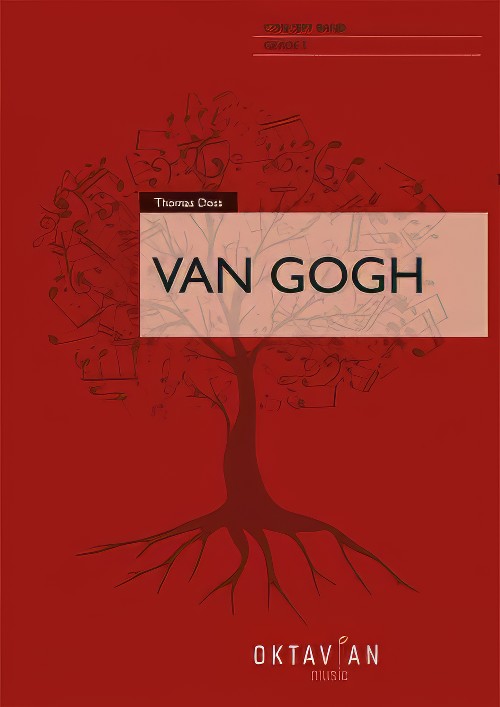 £279.99
£279.99Van Gogh (Concert Band - Score and Parts) - Doss, Thomas
This composition is not a work inspired by the life of the famous painter, but rather an attempt at a pictorial immersion into his world. In addition to Van Gogh's character and tragic life, the technique he employed to create his works, the bright colours of his paintings and his view of nature served as inspiration for this musical work. Point by point, stroke by stroke, Van Gogh brought his own world to life on canvas.On the life of Van Gogh: The Dutch artist Vincent van Gogh was one of the most important pioneers of Modernism, despite being relatively unknown during his own lifetime. As an artist, he chose a life of poverty and seclusion. From today's perspective, his important woks were created from 1880 onwards, when he had already more or less succumbed to madness. While his earlier works could still be classed as contemporary, he matured into a pioneer of Expressionism with his later work indicating an increasing self-awareness. He was just 37 years old when he died but he created over 750 paintings and 1600 drawings in the last ten years of his life.The structure of the work:Start: Brushes and Paints: Van Gogh retired to Arles in southern France where he found his artistic home. The colours and flowering gardens of this landscape awakened in him an unbelievably great creative power.A: A Picture Comes into Being: Van Gogh's psychotic episodes and bouts of depression did not stop him from painting wonderful pictures. Hardly anyone recognised his genius during his lifetime, on the contrary, he often felt misunderstood.C: Paris - Arles: In Paris (from 1886), Van Gogh became inspired by the French art scene. His works found few takers, however. He met and befriended the painter Paul Gauguin, but the lack of success made Van Gogh short tempered, and he began to drink. Eventually, he moved from Paris to Arles in the south of France to establish an artists' collective with Gaugin. Within a few weeks, the two got into such a violent argument that Van Gogh attacked his friend with a knife. The friends parted ways and afterwards Van Gogh cut off his right ear. In 1889 he voluntarily admitted himself into a mental hospital at St. Remy, suffering from hallucinations and fearing that he would lose his mind.G: The Starry Night One of his most famous paintings, created in 1898.H: Death and Brotherly Love Vincent van Gogh accepted an invitation to Auver-sur-Oise in 1890. This was one of his most intensive creative periods. He also went there for treatment, but his mental state hardly improved. After an extended walk, he injured himself fatally with a pistol under mysterious circumstances. Not even to his beloved brother Theo, who had supported him all his life, did he reveal on his deathbed how the accident had occurred.J: Art Market Today, Van Gogh's paintings are among the most expensive paintings on the art market. How ironic, given that he could hardly sell a painting during his lifetime. "I put my heart and soul into my work and lost my mind in the process." (Vincent van Gogh)Duration: 13.15
Estimated dispatch 7-14 working days
-
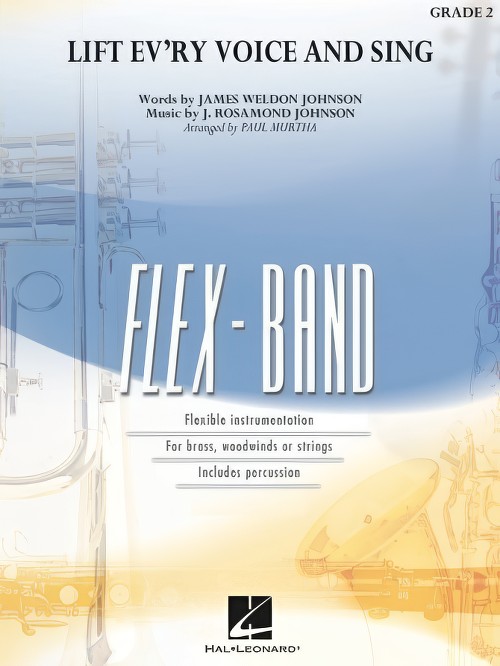 £53.50
£53.50Lift Ev'ry Voice and Sing (Flexible Ensemble - Score and Parts) - Johnson & Johnson - Murtha, Paul
James Weldon Johnson's 1900 poem was set to music by his brother in 1905, and has since become known as the "Black National Anthem." With a theme of thanksgiving and affirmation, this is a stirring anthem for our times.
Estimated dispatch 7-14 working days
-
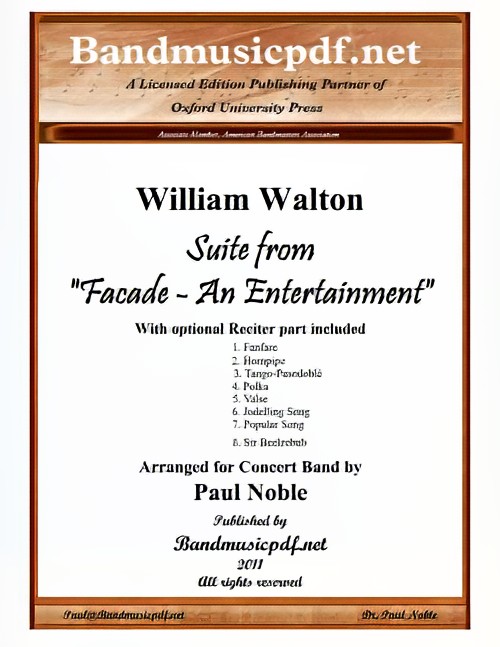 £375.00
£375.00Facade - An Entertainment, Suite from (Concert Band with Optional Narrator - Score and Parts) - Walton, William - Noble, Paul
This Suite from Facade - An Entertainment, composed by William Walton, with poems by Dame Edith Sitwell, presents for the first time a grouping of movements selected and arranged by Paul Noble for Concert Band and optional Reciter. The original composition was written between 1921 and 1928, containing forty-three numbers. They had their origin in a new style of poetry that Edith Sitwell evolved in the early 1920s, poems that her brother Osbert later described as 'experiments in obtaining through the medium of words the rhythm and dance measures such as waltzes, polkas, foxtrots... Some of the resulting poems were sad and serious... Others were mocking and gay... All possessed a quite extraordinary and haunting fascination.' Possibly influenced by the dance references in some of the numbers, Osbert declared that the poems might be further enhanced if spoken to a musical accompaniment. The obvious choice of composer was the young man who lived and worked in an attic room of the Sitwell brothers' house in Carlyle Square W[illiam] T[urner] Walton, as he then styled himself. The now historic first performance of the Facade Entertainment took place in an L-shaped first-floor drawing-room on January 24, 1922. Accompaniments to sixteen poems and two short musical numbers were performed by an ensemble of five players. The performers were obscured from the audience by a decorated front curtain, through which a megaphone protruded for Edith to declaim her poems. This was, as she put it, 'to deprive the work of any personal quality'. The first public performance of Facade was given at the Aeolian Hall on June 12, 1923. By now, fourteen poems had been set, others revised or rejected, and an alto saxophone added to the ensemble. The occasion gave rise to widespread publicity, both pro and contra, and the name of the twenty-one year old W. T. Walton was truly launched. In the ensuing years the Facade has gone through revisions and additions, with full orchestral arrangements of selected movements being made without the Reciter. Former Band Director Robert O'Brien arranged some movements for band, again without Reciter, which are now out of print. So this 'history making' addition is the first opportunity for Concert Bands to present some movements of Facade with poems as originally intended. The luxury of electronic amplification allows the full ensemble to perform without necessarily overshadowing the Reciter. And the arrangements are written with considerable doubling so that the ensemble may play in full, or reduced in size as may be desired for proper balance. And, though not encouraged, the arrangements are written so that the band can perform the music without the Reciter. Program notes are adapted in part from those written by David Lloyd-Jones and published by Oxford University Press in the Study Score of William Walton's Facade Entertainments.
Estimated dispatch 7-14 working days
-
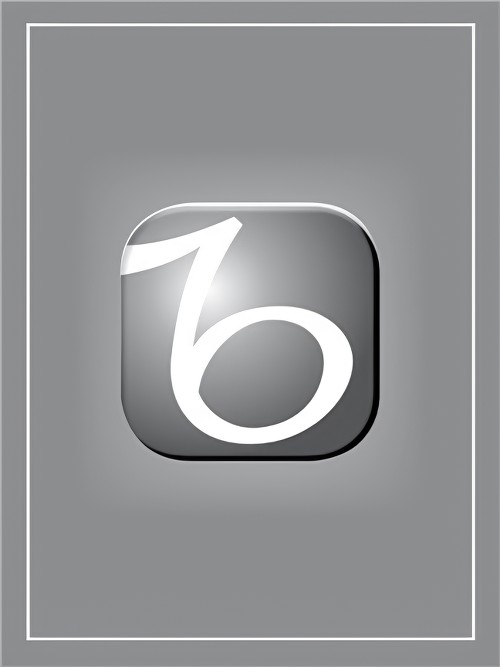 £118.99
£118.99Duettino (Flute Duet with Concert Band - Score and Parts) - Doppler, Franz Albert - Veit, Gottfried
Composer, flutist and conductor Franz Albert Doppler (1821-1883) descends from a musical Austrian-Hungarian family. Together with his brother Karl, who was a flute virtuoso, he travelled extensively around Europe. Arranger Gottfried Veit has arranged this appealing duet for concert band with two flutes as soloists. It is a fine addition to the repertoire and an ideal work to spotlight you flautists.Duration: 6.00
Estimated dispatch 7-14 working days
-
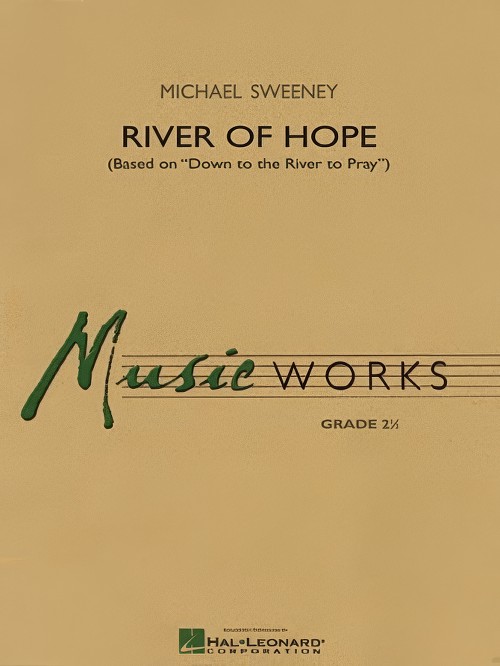 £57.50
£57.50River of Hope (Concert Band - Score and Parts) - Sweeney, Michael
The centre-piece of this work for band is the memorable Appalachian folk hymn "Down to the River to Pray," which was featured in the 2000 film O Brother, Where Art Thou? Interspersed with this melody is a faster original theme that provides a complementary yet contrasting tone to the emotional statements of the folk hymn. Richly scored and flowingly beautiful.Duration: 4:30
Estimated dispatch 7-14 working days
-
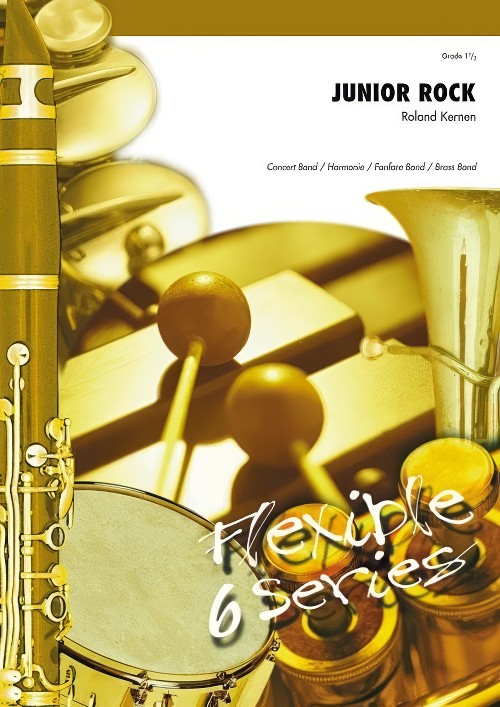 £74.99
£74.99Junior Rock (Flexible Ensemble - Score and Parts) - Kernen, Roland
Junior Rock depicts two children, a brother and sister, who despite all their differences are both filled with the joys of life. The piece opens with a lively graceful theme depicting the light and good-natured mood that characterises the two children playing. The music then becomes more calm and romantic in the middle passage. The piece comes to a cheerful and youthful close with the extended restatement of the earlier thematic material. It has been arranged for beginner bands and can be played with a minimum of six players (+ percussion).Duration: 5:00
Estimated dispatch 7-14 working days
